12 Rental Car Rules That Sound Bonkers Today

Renting a car today is as easy as tapping an app, but back in the day, it was a different story. Rental companies had some truly bizarre policies—some of which make absolutely no sense by modern standards.
From mileage restrictions to strict dress codes, these outdated rules will make you appreciate how simple things are now.
1. A Suit and Tie Were Required to Rent a Car

Believe it or not, some rental agencies expected customers to dress the part. If you showed up in casual clothes, you might be denied a rental—because apparently, only well-dressed people were trusted with a car. Rentals were not just about cars but about image.
The belief was that formal attire implied reliability and responsibility. This rule now seems archaic, as today anyone with a valid license and credit card can rent a car, regardless of their outfit.
2. You Had to Call Ahead to Reserve a Car—No Walk-Ins Allowed

Before the digital age, rental agencies often required reservations via phone, sometimes days in advance. Just showing up and asking for a car? That was considered unacceptable at many locations, as the car stock was limited.
This requirement ensured that cars were available for those who planned ahead. Today, the convenience of online booking makes spontaneous rentals feasible, reflecting how flexibility has become a priority in modern times.
3. No Rental Cars for Women Without a Male Co-Signer

At one point in history, women couldn’t rent a car unless a husband or father co-signed for them. The assumption was that women weren’t capable of handling rental agreements—or cars. This rule was steeped in gender bias.
Rental agencies doubted women’s ability to manage such responsibilities. Thankfully, times have changed, and women today enjoy complete independence in rental transactions, reflecting broader societal progress.
4. Mileage Limits Were Brutally Low
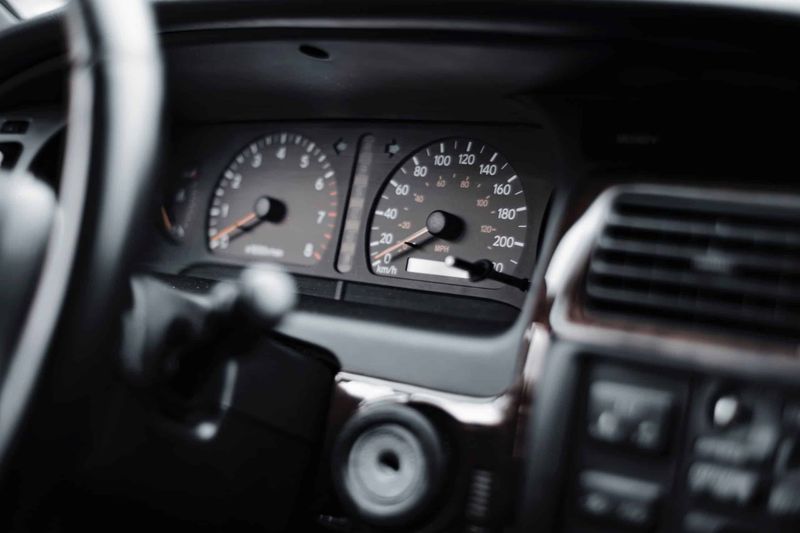
Many rental companies imposed strict mileage caps—sometimes as low as 100 miles per day. Exceeding the limit invited outrageous per-mile fees, making a simple road trip a costly affair. Customers had to meticulously plan their journeys.
These low limits often curtailed spontaneous travel plans. In contrast, modern rentals offer unlimited mileage options, granting travelers the freedom to explore without financial anxiety.
5. Smoking Was Not Just Allowed—It Was Encouraged

Instead of smoke-free policies, rental cars often came with built-in ashtrays and lighters. Smoking wasn’t just permitted—it was expected, leaving every car smelling like a tobacco shop. The pervasive smoke was a signature scent.
Customers casually lit up, with little regard for the next driver’s comfort. Today, with increased awareness of health effects, smoke-free cars are the norm, improving air quality and making rides more pleasant for everyone.
6. You Had to Return the Car Fully Washed
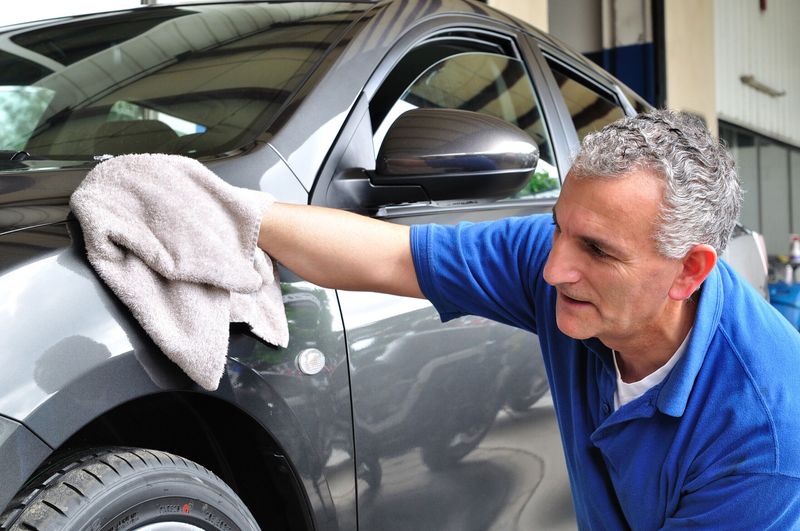
Forget just refueling—some rental agencies required cars to be spotless upon return. A dusty vehicle might incur an extra cleaning fee or even a ban from future rentals. Cleanliness was equated with responsibility.
Customers had to ensure every speck of dirt was removed before handing back the keys. Present-day rentals usually include cleaning services, recognizing the impracticality of expecting customers to detail vehicles.
7. Only Certain Cars Were Allowed on Weekends
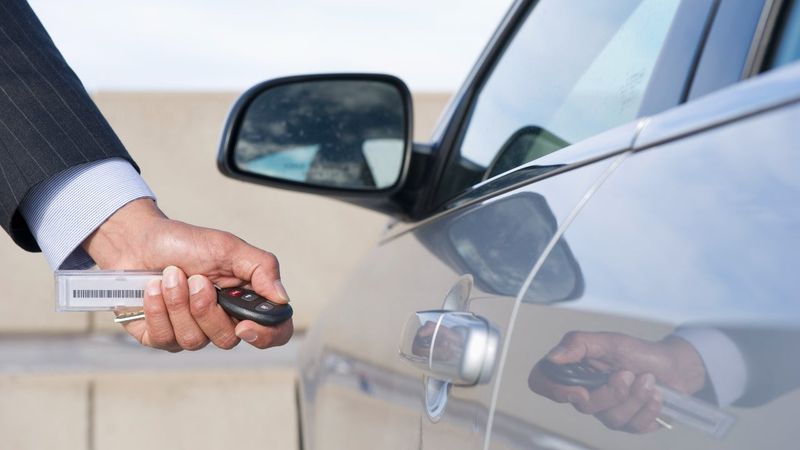
In the 1960s and ’70s, some agencies limited their most desirable cars to weekday rentals only. Want a convertible for a weekend getaway? Too bad—you’d have to settle for a sedan. This restricted access aimed to preserve high-demand vehicles.
Clients had to adjust their preferences based on restrictive policies. Nowadays, rental agencies accommodate customer desires any day of the week, reflecting a shift towards customer-centric service models.
8. You Had to Pay Extra for an Automatic Transmission
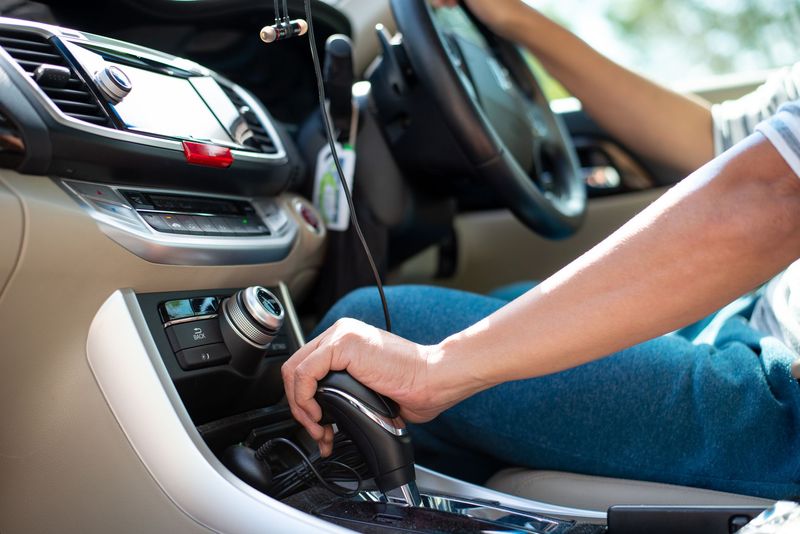
Today, most rental cars are automatics, but decades ago, they were a luxury feature. If you couldn’t drive stick, you had to cough up extra cash to get an automatic rental. Manual transmissions were seen as the norm.
This policy penalized those unfamiliar with manual driving. Modern rentals usually offer automatics as standard, aligning with the trend towards convenience and ease of use in driving experiences.
9. Rental Cars Came With a Full Toolkit
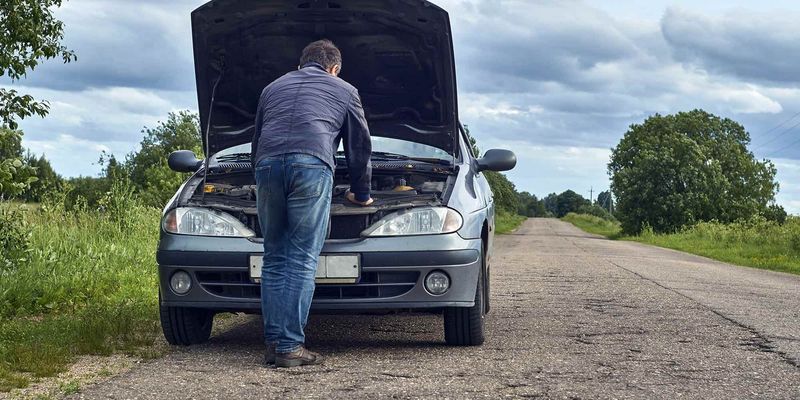
It was once assumed that drivers would be responsible for minor repairs, so rental cars were stocked with full toolkits—including spare belts and fuses. If you broke down, fixing it yourself was expected. This reliance on self-sufficiency was common.
Drivers needed some mechanical know-how to tackle issues. Today’s renters can rely on roadside assistance, allowing them to drive without the pressure of performing on-the-spot repairs.
10. Some Cars Were Off-Limits to Tourists
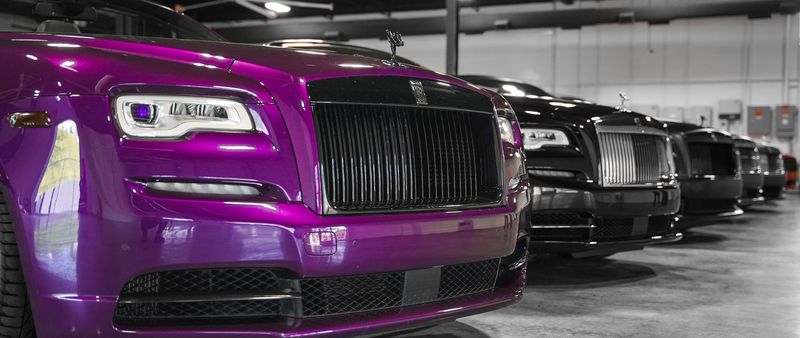
Certain high-demand rental vehicles—like sports cars or luxury sedans—weren’t available to out-of-towners. Locals could rent them, but if you were from out of state, you were out of luck. This policy aimed to cater to local clientele.
Tourists often had to settle for less desirable options. Currently, car rentals focus on inclusivity, offering diverse options to all customers regardless of their home base.
11. You Had to Rent for a Full Day—Even If You Only Needed an Hour

There were no hourly rental options back in the day. Even if you only needed a car for a couple of hours, you had to pay for a full 24-hour rental period. This blanket policy lacked flexibility.
Customers paid more for less time. Today, with the rise of car-sharing services and flexible rental periods, users enjoy tailored rental durations, making car use more efficient and cost-effective.
12. You Couldn’t Drive the Car Out of State Without Permission

Crossing state lines in a rental car used to be a serious offense—unless you had written approval from the company. Some agencies even had GPS tracking or relied on toll booths to catch rule-breakers.
This restriction limited travel freedom, requiring detailed planning. Modern rentals offer nationwide travel flexibility, encouraging exploration without bureaucratic hurdles, embodying how travel has transformed over the years.
